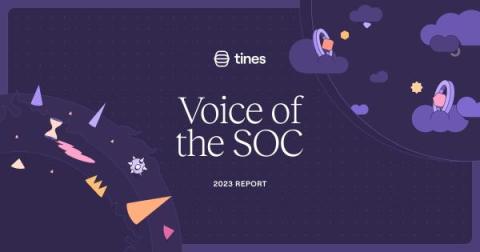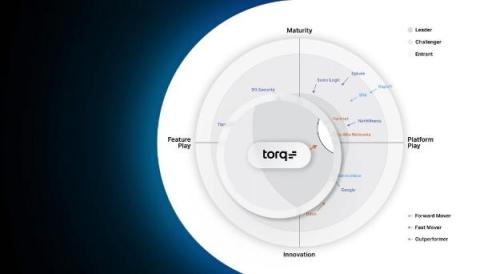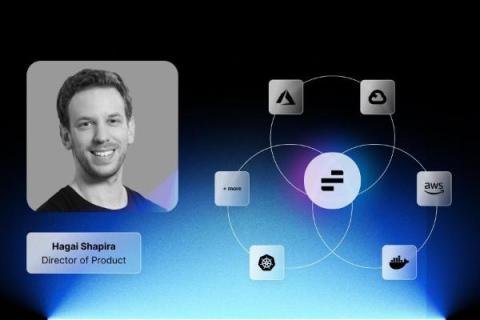Voice of the SOC 2023
Security teams are getting restless. Before founding Tines, I spent 15 years in the SOC leading teams charged with protecting organizations from ever-evolving threats. Over that time, the challenge facing SOC analysts became harder, not easier: workloads are increasing, but teams aren’t growing alongside them. SOC analysts are burning out as a result of tedious and repetitive tasks.










